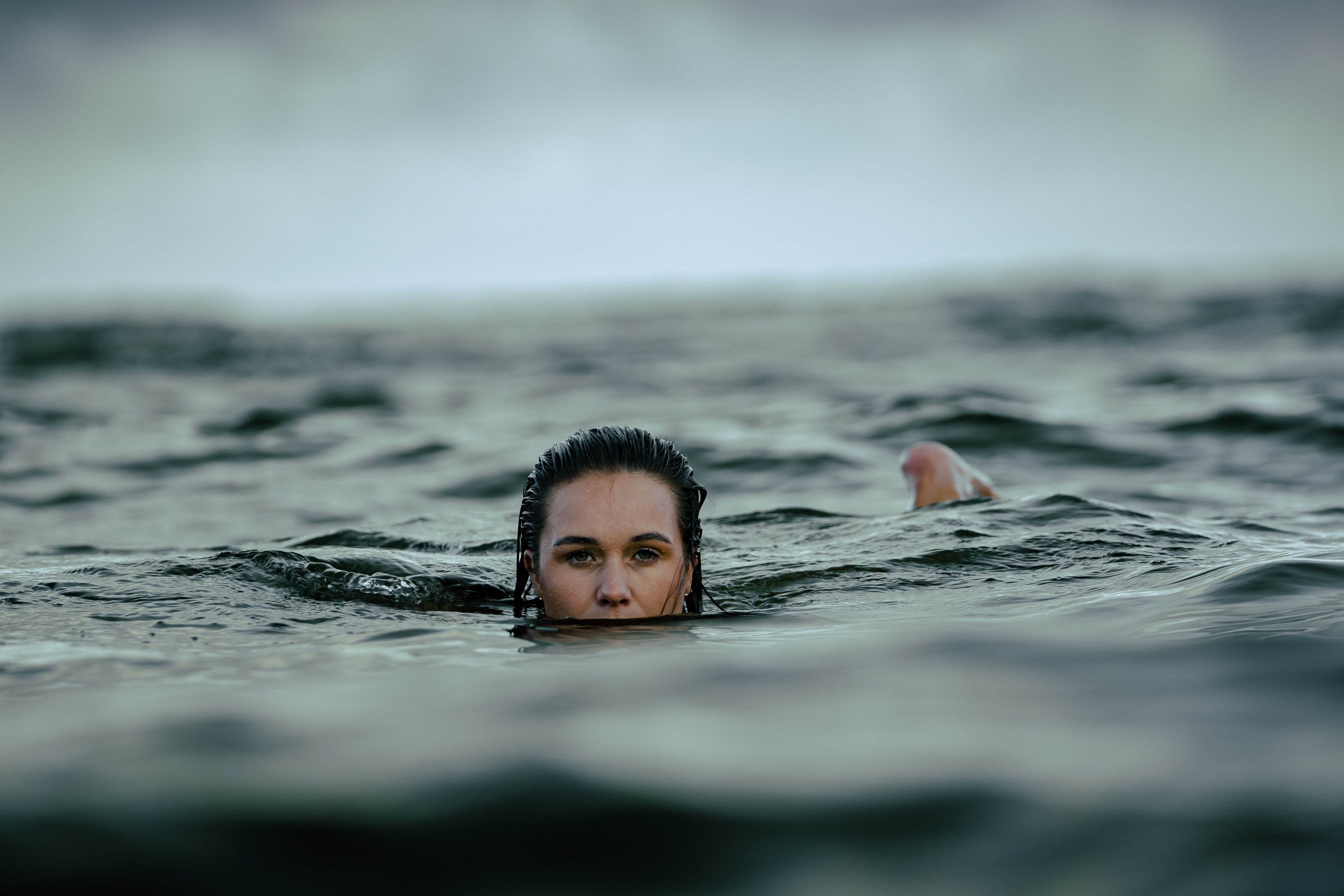5 Tips to Avoiding the Open Water Panic
Swimming in open water can be intimidating and scary. As a triathlete, it’s a hurdle that we must face. Fortunately, the open water swim doesn’t have to be that traumatizing! In this post, we will share with you our tips for a safe and enjoyable open-water swim experience. We’ll discuss how to prepare, how to begin the session and what gear is essential for your safety while swimming in the ocean or lake, and or river.

Prepare your equipment and make a checklist
Properly preparing for your open water swim is one of the easiest and best ways to avoid any unneeded stress before your swim. Forgetting something can easily agitate anyone and make it harder to relax in the water. Each person is different, so you’ll have to create your own checklist of items you need. At a minimum, make sure that your list includes a towel if you want one, goggles, a change of clothes and sunscreen.
In addition to the items above it is highly recommended that you wear a bright swim cap as well as a swim buoy for safety. Additionally, if wearing any type of wetsuit – make sure it’s proper fitting. Note: a properly fitting wetsuit will feel very tight.

https://amzn.to/3q8lKvh
Do not swim alone
Once all the equipment has been gathered, it is time to go into the water. But before you go in, even with all the swimming aides, it is highly recommended that you go with a friend – preferably in a canoe or kayak. Another swimmer is useful during open water swims, but having someone in a canoe or kayak will give you a chance to rest when needed.
It’s time to go in the water
It’s time to get wet! Before diving into those frigid depths, spend a little bit of time near the shore and give your body some time to relax. During this time stay close to shallow waters and acclimate to the temperature. Allow your body some time to get used to the temperature, especially if the water is extremely cold since the sudden change in temperature can make it difficult to catch your breath. As you acclimate do a couple of different strokes and get into a flow.
Ease into the swim
Now that you’ve warmed up, it’s time to actually start swimming. Take it slow and steady for this initial session. Don’t pressure yourself to swim any specific distance or feel like you have to swim at a specific pace. You should swim at a tempo that is comfortable for you. Once you have settled in, you can establish a target distance or begin adjusting your speed.
Don’t Panic
During the open water swim, there is a good chance that something unexpected will happen. If it does happen slow yourself down and take a break until you have regained your composure. If the anxiety does not go away slow down even more or take a break. There is nothing that says you cant restart.
Bonus Tips for Success
In addition to the items above, there are some things that can help improve your comfort in the open water:
- Proper sighting – being able to swim in a straight line is extremely useful. Unfortunately, it’s more difficult than it sounds without the line under the pool. Many triathletes have wasted countless minutes in the water because they are not able to swim directly from point A to point B.
- Raise your head a little higher – lifting your head a little higher during open water swims, especially during choppy conditions, can be the difference between a successful session and a panic attack. The open water is not a controlled environment like the pool and chances of taking in some water during your breath are greatly increased.
- Breathe on both sides – A lot of swim courses are parallel to the shore, which means that waves can hit your face on either side depending on the direction of your swim. Being able to breathe on either side will help you avoid getting a face full of water with each breath.
- Have a recovery stroke – Have an alternate stroke ready where you can recover if things don’t go according to plan. Many athletes pick a swim style where they can take their time and catch their breath like the backstroke or the breaststroke.
- Occupy your mind – The mind can play tricks on you when you are looking at the abyss. Keep your mind occupied to avoid the imaginary shark at the bottom of the lake. Many recommend counting your breaths or singing a song to match your stroke cadence.
- Don’t be too hard on yourself – Some people acclimate to the open water within a few minutes while others have to acclimate for some time during the beginning of each swim session. Don’t feel like you have to get comfortable within a specified amount of time.



